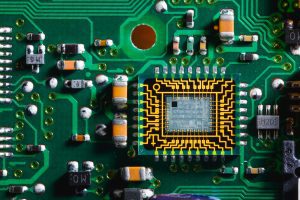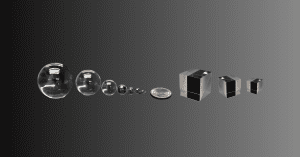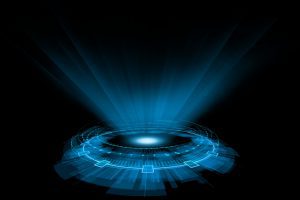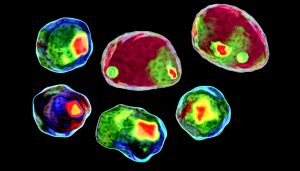Key Takeaways
- Quantum photonics, a cutting-edge field, leverages the quantum properties of light to revolutionize information processing and communication.
- By manipulating individual photons and their quantum states, this technology enables groundbreaking applications.
- Quantum computing promises to solve complex problems exponentially faster than classical computers.
- Quantum communications ensure secure data transmission through quantum cryptography.
- Additionally, quantum photonics finds applications in quantum sensing and metrology, offering unprecedented precision.
Quantum photonics is the technology of optics on a quantum level. With applications ranging from quantum information processing to quantum computing and quantum communications, this emerging field has the potential to transform how we work with information. On a practical level, quantum photonics involves generating, manipulating, and detecting light in ways that enable control over individual photons or pairs of photons and their quantum states.

What is Quantum Photonics?
But what does that mean, in practice? Light has both particle-like and wave-like properties, and when you’re working on the quantum level both of these properties are very important. The building blocks of light, so to speak, are photons. They have no mass and move with the speed of light, but they do have energy. One way of thinking of photons is as a quantum counter: a counter of the excitation of an electromagnetic field.
A photon is characterized by its energy, and this energy never changes from the time a photon is created till it is destroyed. Its wavelength, however, may change as the index of refraction of the substance it is traveling through changes. While a beamsplitter can’t split a photon, it can reshape its wavefunction, and it can also cause quantum interference effects between photons.
Silicon photonics and a variety of different optical devices are used in quantum photonics. When working in quantum photonics you might be using single photon sources, special devices that can produce individual photons on demand, or photon pair sources that produce a pair of entangled photons. Entangled photons are photon pairs with linked quantum states and are essential to some applications.
To measure quantum states and, in quantum cryptography, quantum key distribution, you may need to use a photon counting detector that is capable of registering the presence single photons.
Optical resonators can be used both to store photons and to control and manipulate their quantum states. Another way to manipulate single photons involves using what are called quantum dots; tiny semiconductor particles that absorb and emit photons. Electric-optic modulators also provide reconfiguration options.
Another important component of the quantum photonics toolbox is the photonics integrated circuit. The analogy of an ordinary integrated circuit, this is a combination of laser diodes, waveguides, filters and gain media. To learn more about integrated quantum photonic circuits, have a look here.
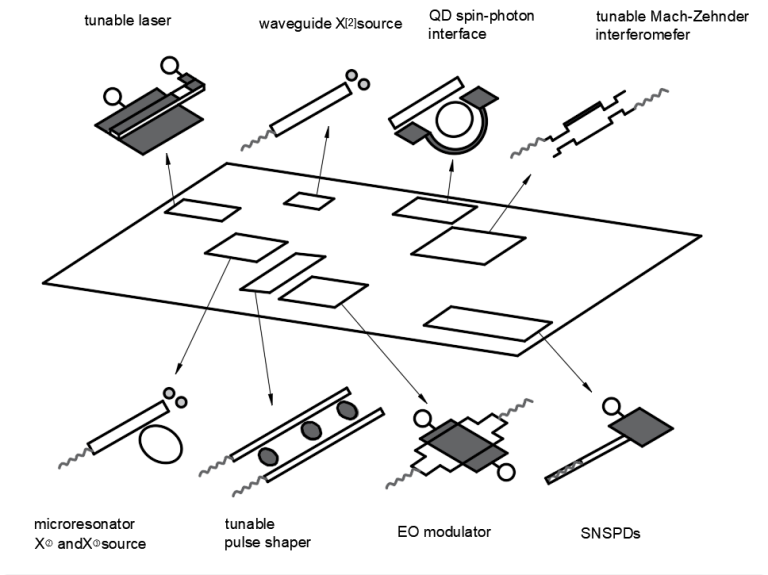
Applications of Quantum Photonics
Quantum photonics is an emerging field that can be used to make computing, communication, and information processing faster, more reliable and more effective. Although some applications of quantum photonics are in use today, we’ve only just begun to tap the potential available to us. Here we’ll look briefly at the potential of quantum technologies, for today and for the future.
Quantum Computing
Quantum computing involves using photons to process information, and even to store it in quantum memory. The basic union of information is the qubit, the analogy of the bit in classical computing. Essentially, this is a photon in one of two polarization states. The wave properties of photons mean that a qubit may exist not only in one of its two states, like a traditional bit, but also in superpositions of these two states. Linear optics may involve using directional couplers and phase shifters to give a qubit spatial degrees of freedom.
One example of a quantum computing chip is Google’s Willow chip. It includes just 105 physical qubits of computing power, but, according to Google, can solve a problem in five minutes that— theoretically—-would take the world’s fastest supercomputer a full ten septillion years. Although it has yet to be put to many practical uses, the potential is enormous. Quantum simulation is one way to explore this potential with ordinary computing devices.
To learn more on this topic, look up our article on optics for optical quantum computing.

Quantum Communications
Quantum communications is based on the same qubits we see at work in quantum computing, and provides a quick and secure way to send sensitive data over long distances.
Quantum cryptology is a special subfield of quantum communications, and one important application of it is quantum key distribution. In quantum key distribution, qubits are used to send random number sequences from an integrated single photon source to photon detector, either through free space or optical fibers. The photons may be encoded via polarization, via phase, or via entangled photons.
Quantum Photonics at Avantier
Avantier is a pioneering producer of optics for quantum photonics, and our experienced team is available to make your custom order a success. Contact us today to set up an initial consult or put in your custom order.
- Giles, Martin. Explainer: What is quantum communication? MIT Technology Review (2019), https://www.technologyreview.com/2019/02/14/103409/what-is-quantum-communications/
- Han-Sen Zhong et al., Quantum computational advantage using photons. Science 370,1460-1463(2020). https://www.science.org/doi/10.1126/science.abe8770
- Luo, W., Cao, L., Shi, Y. et al. Recent progress in quantum photonic chips for quantum communication and internet. Light Sci Appl 12, 175 (2023). https://www.nature.com/articles/s41377-023-01173-8
- Pearsall, Thomas P. “Quantum photonics.” Springer Nature, (2019). https://link.springer.com/book/10.1007/978-3-030-47325-9
- Wikipedia, Integrated Quantum Photonics, https://en.m.wikipedia.org/wiki/Integrated_quantum_photonics
GREAT ARTICLE!
Share this article to gain insights from your connections!




